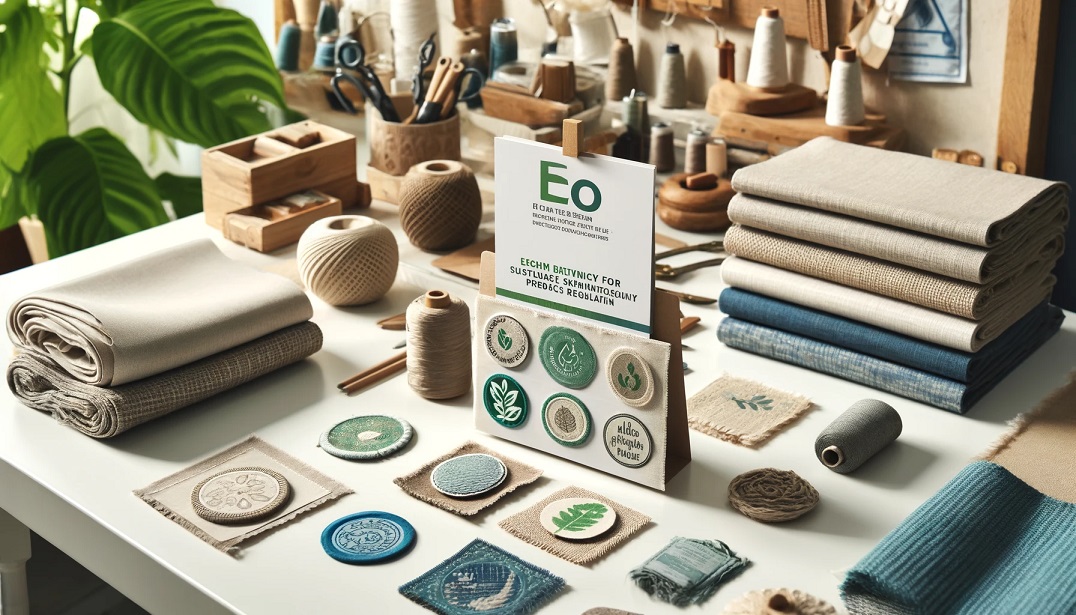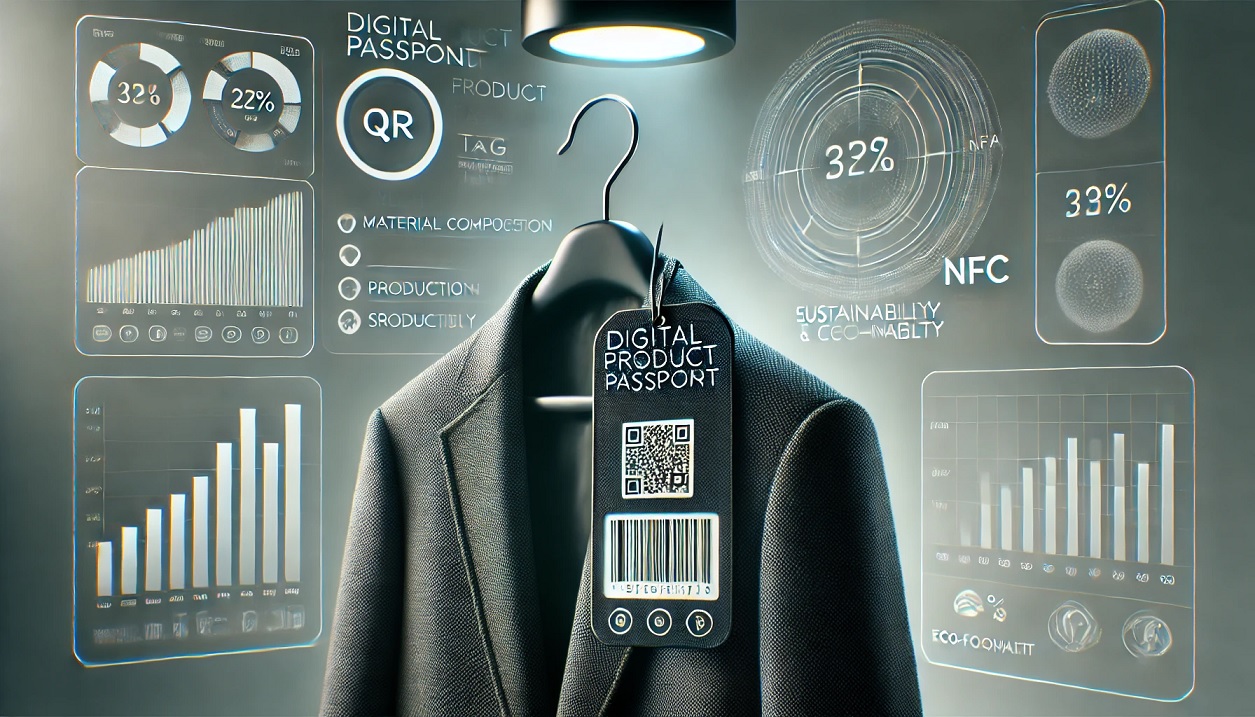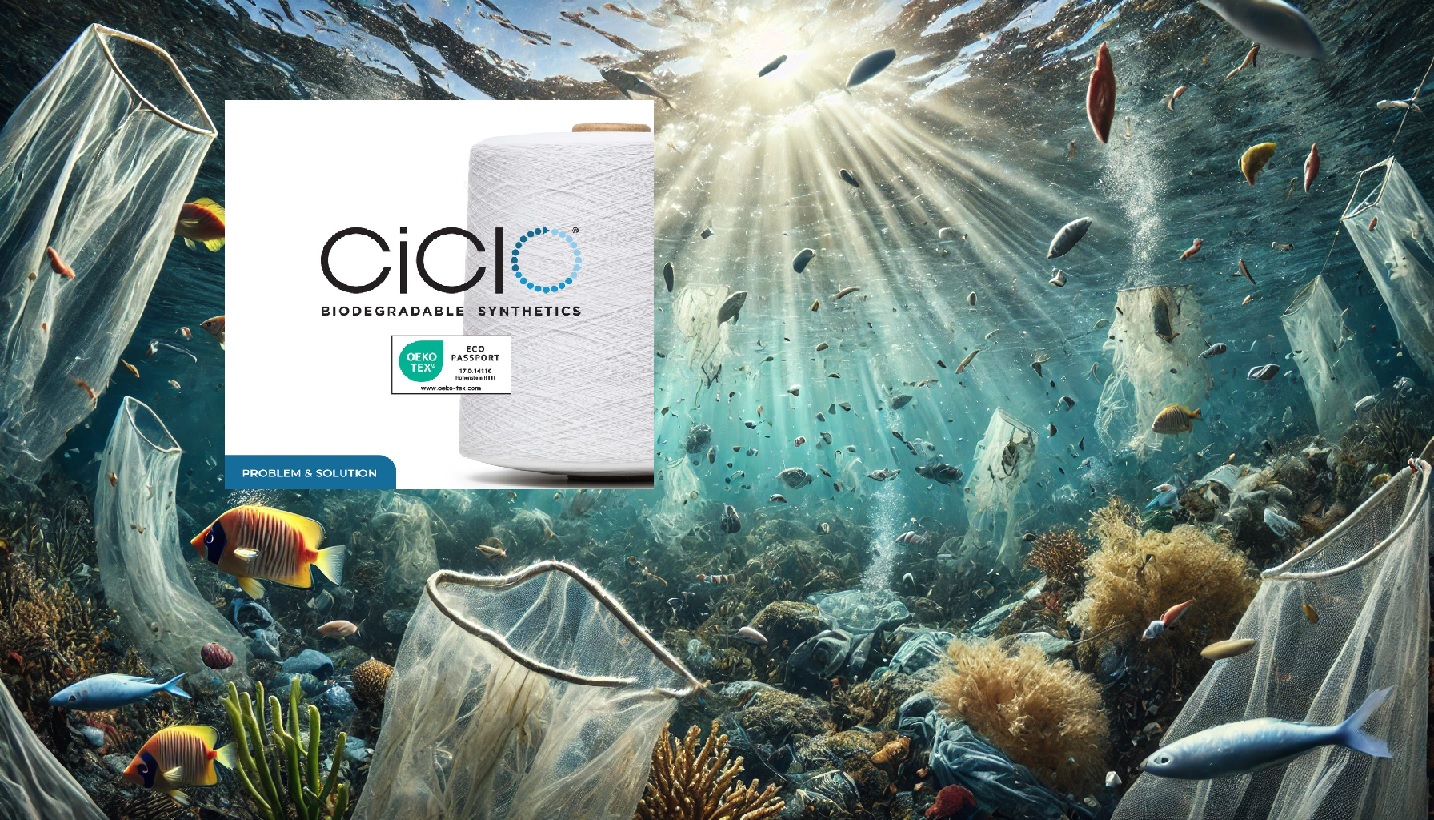On May 27, 2024, the Council of the European Union granted final approval to the Ecodesign for Sustainable Products Regulation, marking a significant milestone in the EU’s Green Transition agenda.
The Problem
The traditional product lifecycle is linear: raw materials are extracted, products are manufactured, used, and then discarded. This “take, make, dispose” model is unsustainable, leading to environmental degradation and resource depletion. Energy-inefficient products contribute significantly to carbon emissions, and the destruction of unsold goods adds to the waste crisis.
Every year, the European Union faces mounting pressure to address its environmental footprint. Current regulations, while beneficial, have not kept pace with the growing need for comprehensive sustainability measures. Unsustainable practices continue to dominate, with industries often prioritizing short-term gains over long-term ecological balance. Consumers, too, are left with limited choices, unable to find durable and repairable products.
The Solution
Enter the new Ecodesign Regulation, a transformative policy that extends beyond energy efficiency to encompass all products on the EU market. This regulation sets stringent criteria for product durability, reusability, upgradability, and reparability. It also tackles the use of substances that hinder circularity, promotes energy and resource efficiency, and mandates the inclusion of recycled content. With this regulation, the EU aims to shift towards a circular economy, where products are designed with their entire lifecycle in mind.
Green Requirements for Sustainable Products
The new Ecodesign Regulation introduces comprehensive requirements that go beyond traditional energy products to include all types of goods, with few exceptions such as cars and defense-related products. Key aspects include:
- Product Durability and Reusability: Products must be designed to last longer and be reused multiple times.
- Upgradability and Reparability: Items should be easy to upgrade and repair, extending their usable life.
- Substance Regulations: Restrictions on substances that inhibit circularity to ensure products are environmentally friendly.
- Energy and Resource Efficiency: Products must use energy and resources more efficiently.
- Recycled Content and Recycling: Mandates on using recycled materials and promoting recycling practices.
- Carbon and Environmental Footprints: Measures to minimize the carbon and environmental impact of products.
- Digital Product Passport: A new information requirement to track the sustainability credentials of products.
Implications for Public Procurement and Unsold Goods
The regulation also impacts public procurement, encouraging the purchase of green products. A direct ban on the destruction of unsold textiles and footwear is introduced, with the potential for similar bans on other products in the future. Small and medium-sized enterprises (SMEs) will have a temporary exclusion to adapt to these changes.
Next Steps
Following the Council’s approval, the legislative act will be signed by the Presidents of the European Parliament and the Council. It will then be published in the Official Journal of the European Union and come into force 20 days later. The industry will have 24 months from the date of enforcement to comply with the new requirements.
Conclusion
The adoption of the new Ecodesign Regulation by the Council of the EU is a landmark achievement in the fight against climate change and environmental degradation. By setting rigorous standards for product design and sustainability, the regulation not only incentivizes industries to adopt circular practices but also empowers consumers to make greener choices. As this regulation takes effect, it promises to usher in a new era of sustainability, fundamentally transforming how products are made, used, and disposed of in the EU market.



